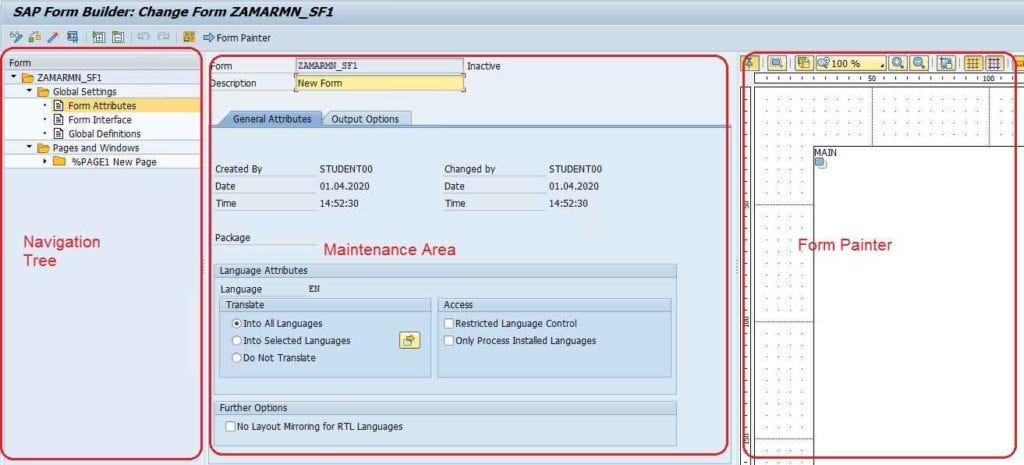Introduction
In the complex landscape of SAP systems, securing communication and data integrity is paramount. Personal Security Environment (PSE) plays a crucial role in this by acting as a secure container for digital certificates and cryptographic keys. These certificates are fundamental for establishing trusted connections, encrypting data, and ensuring the authenticity of various SAP components. However, effectively identifying and managing these certificates within the PSE can be a challenging task, especially in large and distributed SAP environments.
This blog post aims to demystify the process of identifying SAP certificates within the Personal Security Environment. We will delve into the technical background of PSE, explore its structure and components, and detail various methods—from command-line tools to SAP transactions and Python scripting—that can be employed for accurate certificate identification. Furthermore, we will discuss best practices to streamline your certificate management efforts and address common challenges faced by SAP administrators and security professionals.
Understanding how to effectively identify certificates in your SAP PSEs is not just a security best practice; it’s a critical step towards maintaining a robust, secure, and compliant SAP landscape. Whether you are an SAP administrator, a security analyst, or a developer, this guide will provide you with the knowledge and tools necessary to confidently navigate the world of SAP PSE certificates.
IntroductionIn the complex landscape of SAP systems, securing communication and data integrity is paramount. Personal Security Environment (PSE) plays a crucial role in this by acting as a secure container for digital certificates and cryptographic keys. These certificates are fundamental for establishing trusted connections, encrypting data, and ensuring the authenticity of various SAP components. However, effectively identifying and managing these certificates within the PSE can be a challenging task, especially in large and distributed SAP environments.This blog post aims to demystify the process of identifying SAP certificates within the Personal Security Environment. We will delve into the technical background of PSE, explore its structure and components, and detail various methods—from command-line tools to SAP transactions and Python scripting—that can be employed for accurate certificate identification. Furthermore, we will discuss best practices to streamline your certificate management efforts and address common challenges faced by SAP administrators and security professionals.Understanding how to effectively identify certificates in your SAP PSEs is not just a security best practice; it’s a critical step towards maintaining a robust, secure, and compliant SAP landscape. Whether you are an SAP administrator, a security analyst, or a developer, this guide will provide you with the knowledge and tools necessary to confidently navigate the world of SAP PSE certificates. Read More Technology Blog Posts by SAP articles
#SAP
#SAPTechnologyblog













